IT treasury management systems
| 03-11-2017 | Treasurer Development | Minor Treasury @ Hogeschool Utrecht | Frans Boumans |

Today’s blog has been written by Florian de Bruin & Jake Verspeek , who are 2 students studying for the minor Treasury Management at the University of Applied Sciences in Utrecht. We welcome their contribution – it is good to see the youth engaging in Treasury matters! Here is their opinion on IT Treasury management systems.
The complexity of financial control is increasing, but the demand of treasury management to process the right information on time is still there. The treasury management systems enable the treasurer to process the information on time. This involves responding quickly to developments in the money and capital markets and the continuous optimisation of liquidity management and financing. The complexity of the function increases because it is not just about managing and optimising incoming and outgoing cash flows, managing liquidities & investments, and financing of various activities of the company; but also for managing interest rate risks and currency risks. As a result, the Treasury management systems have taken a central role in the overall management of risk in an organisation.
Treasury management systems are available to optimise the treasury management within a company. It is often companies that are diverse, complex and operating internationally that use this IT software. It will therefore not be very common for small businesses with a simple business/structure or a small revenue. The risks and costs of treasury management usually run parallel to these structural features. The features of a treasury management system can be summarized in 10 points:
- Cash management
- Payment transactions
- Foreign currency risks
- Loans
- Hedge accounting
- Derivatives
- Real- time links
- Reporting
- Analysis
- Risk management
Treasury management maps these processes and manages them. A treasury management system is crucial in supporting such treasury functions in such types of companies.
As seen in the general market for IT, the market for treasury management systems is getting bigger and evolving at the same time. The market for treasury management systems has grown sharply, partly due to the increasing use of IT within companies. Because of the decent use of IT within companies for some while, the level of the market has reached a decent maturity level and the systems functionalities are increasingly expanded and developed. What is of great importance is that these systems have a great security implemented. It is not desirable that unauthorized persons may make any changes to data, such as cash flow of some deals. Such things can have major consequences for the treasury department and the company.
It is a challenge to find the right system that fully complies with the wishes of the treasury department. Creating the perfect match is the biggest challenge. Each system has their own specialty. For example the supplier DiscoverEdge delivers a system that is specialised in Cashflow forecasting, but the supplier Equens SE deliver has a system specialised in Payment management. It is a key factor for making the perfect match that you keep in mind that this match will be for the long term. Also, it is important for a company to ask what do we really desire from the system and what are we going to desire in the near future from the system. In this way you can make a choice that you still will be satisfied with after a couple of years.
At this moment there are no major developments for Treasury management systems. But the IT industry is one of the most innovative industries. So, you never know when there is a new major development for Treasury management systems.
Resources
http://www.treasury.nl/files/2007/10/treasury_239.pdf
http://www.ey.com/Publication/vwLUAssets/EY_-_TMS_Survey_2%C3%9F14/$FILE/EY-TMS-Survey-2014.pdf
https://www.accountant.nl/globalassets/accountant.nl/web-only/0034_bottemanne_14augustus2014.pdf
Minor Treasury Management
More information about the minor Treasury Management at the University of Applied Sciences?
Please contact Frans Boumans.

Manager Minor Treasury Management @ University of Applied Sciences in Utrecht
Due to the improved economy and other factors we notice a rising interest in the development of the treasurer as a person. Education, competence development and labour market changes are the most obvious topics this concerning. This is why we started the Treasurer Development initiative.

 Zonder banken en financiële markten zou onze huidige economie en welvaart niet mogelijk zijn. En of u het nu leuk vindt of niet, banken waren en zijn onmisbaar voor onze moderne maatschappij. Iedereen doet, al dan niet bewust, dagelijks zaken met of via banken. Sinds de jaren ’80 heeft er een ongekende schaalvergroting plaatsgevonden in de financiële sector. Door deze schaalvergroting hebben banken zich ontwikkeld tot gigantische financiële supermarkten die een zeer uitgebreid aantal financiële diensten en producten aanbieden. Banken zijn tegenwoordig IT-bedrijven waar een grote groep specialisten werkt met beperkte financiële vakkennis.
Zonder banken en financiële markten zou onze huidige economie en welvaart niet mogelijk zijn. En of u het nu leuk vindt of niet, banken waren en zijn onmisbaar voor onze moderne maatschappij. Iedereen doet, al dan niet bewust, dagelijks zaken met of via banken. Sinds de jaren ’80 heeft er een ongekende schaalvergroting plaatsgevonden in de financiële sector. Door deze schaalvergroting hebben banken zich ontwikkeld tot gigantische financiële supermarkten die een zeer uitgebreid aantal financiële diensten en producten aanbieden. Banken zijn tegenwoordig IT-bedrijven waar een grote groep specialisten werkt met beperkte financiële vakkennis.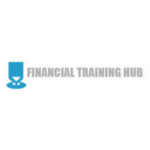
 Ontvang via treasuryXL korting op deze e-learning en/of de
Ontvang via treasuryXL korting op deze e-learning en/of de 



 It has always been our mission to promote Treasury as a profession and to increase the awareness of Treasury within business. Currently there are more education choices for students to study and appreciate Treasury, but we still felt there was a gap – knowledge for anyone who was genuinely interested in learning more about Treasury.
It has always been our mission to promote Treasury as a profession and to increase the awareness of Treasury within business. Currently there are more education choices for students to study and appreciate Treasury, but we still felt there was a gap – knowledge for anyone who was genuinely interested in learning more about Treasury.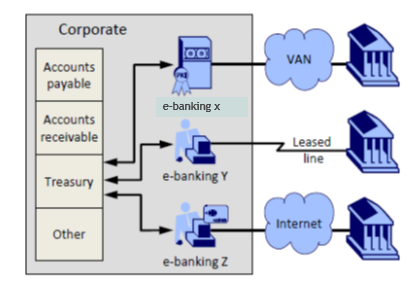
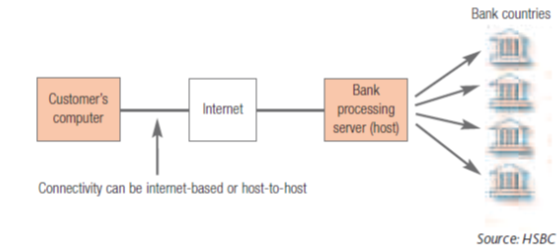
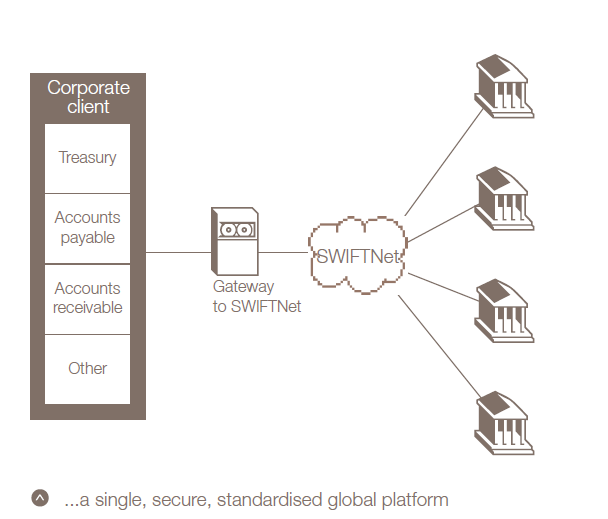

 Currency volatility is a well-known uncertain component of international business. In the pre-euro era one could suffer severely by currency movements of its European neighbours. Corporations, dealing within euro countries, have diminished the currency exposure.
Currency volatility is a well-known uncertain component of international business. In the pre-euro era one could suffer severely by currency movements of its European neighbours. Corporations, dealing within euro countries, have diminished the currency exposure.
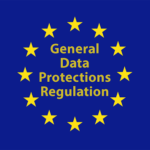 As if the finance industry is not already facing enough challenges swimming though the sea of regulatory acronyms – BASEL iii, EMIR, MIFID ii, SOX, KYC etc. – a new directive is due to come into force on the 25th May 2018, namely GDPR.
As if the finance industry is not already facing enough challenges swimming though the sea of regulatory acronyms – BASEL iii, EMIR, MIFID ii, SOX, KYC etc. – a new directive is due to come into force on the 25th May 2018, namely GDPR.